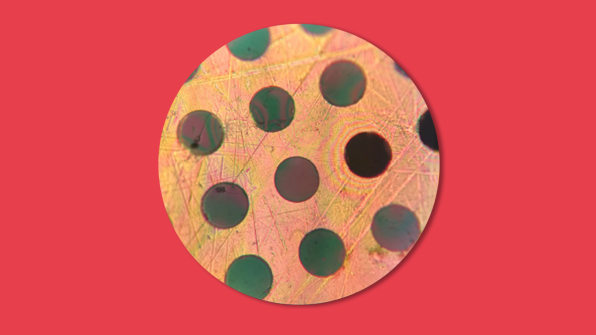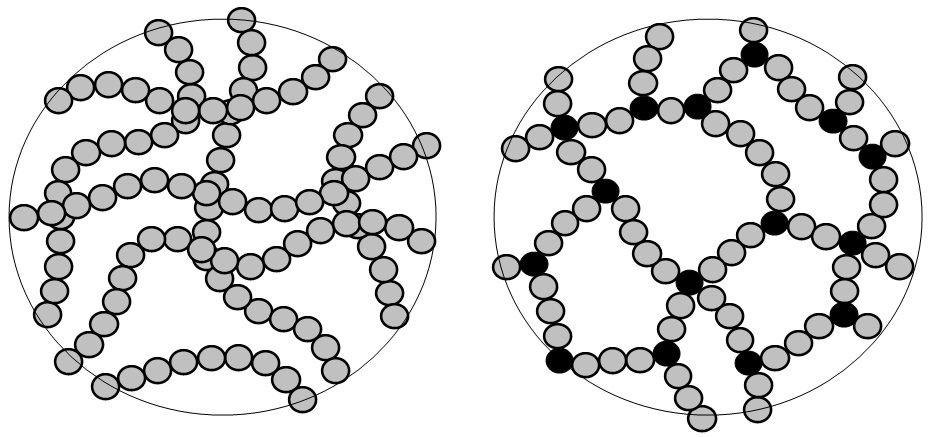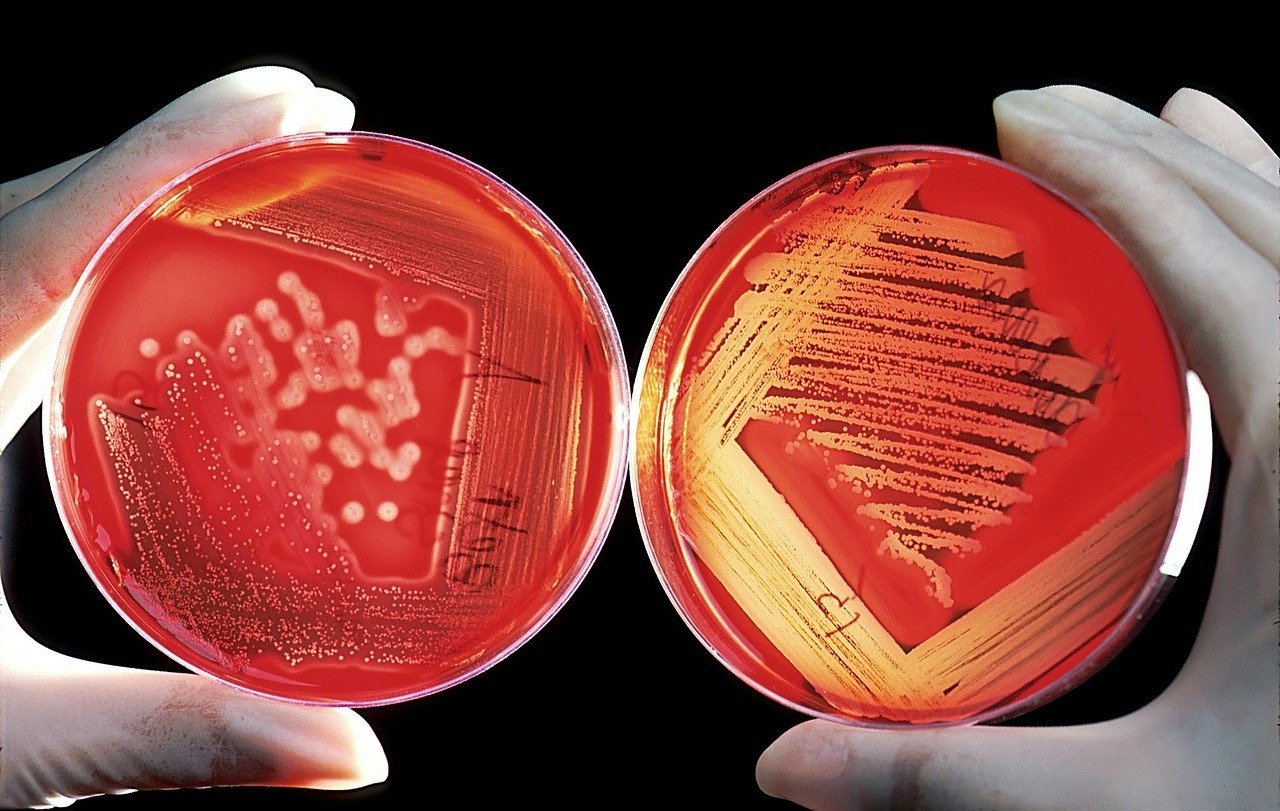
A new material created by Massachusetts Institute of Technology (MIT) researchers is being hailed as revolutionary. 2DPA-1 is as light as plastic and two times stronger than steel. Unlike currently available polymers, it can conduct electricity and block gas. The scientists believe 2DPA-1 can help lower our carbon footprint and perhaps even reduce the rampant use of disposable plastics.
Current polymers, which include all plastics, are made up of chains of building blocks called monomers. They are strung together in repetitive patterns. While the monomer chains are strong, the gaps between them are weak and porous. This is the reason you are sometimes able to smell food stored inside ziplock bags.

2DPA-1 is the first flat, two-dimensional polymer. Its building blocks, or monomers, are firmly locked together. This is similar to how LEGO pieces attach.
Michael Strano, the study's senior author, compares the two polymers to different kinds of pasta. "You could pack spaghetti together as much as you can, but there's still these holes that go through it," he explains. "That's where the tomato sauce goes. But if your pasta was plates and they like to stick to each other, well, spaghetti sauce is not going to get in there."
The researchers assert that the flat sheets of polymer can be stacked together to make strong, ultra-light building materials that could replace steel. Since 2DPA-1 is cheap to manufacture in large quantities, it would substantially reduce the cost of building different structures. It would also be better for the environment because steel production is responsible for about 8 percent of global carbon dioxide emissions.
"We don't usually think of plastics as being something that you could use to support a building, but with this material, you can enable new things," Strano says. "It has very unusual properties, and we're very excited about that."

2DPA-1 can also be rolled into tiny tubes and mixed with other plastics to make things like carbon fiber, used for high-performance products, such as aircraft and race cars. However, the most immediate use Strano envisions for the impermeable polymer is as a coating on cars and homes to prevent oxidation. This refers to the chemical reaction between iron, water, and oxygen to form hydrated iron(III) oxide, or what we call rust.
The MIT scientists, who published their findings in the journal Nature on February 3, 2022, did not test to see if 2DPA-1 can be recycled. However, they believe the stronger, durable material could someday replace disposable containers. This would help reduce plastic pollution.
Resources: Fastcompany.com, news.mit.edu, architecturaldigest.com, autorevolution.com
